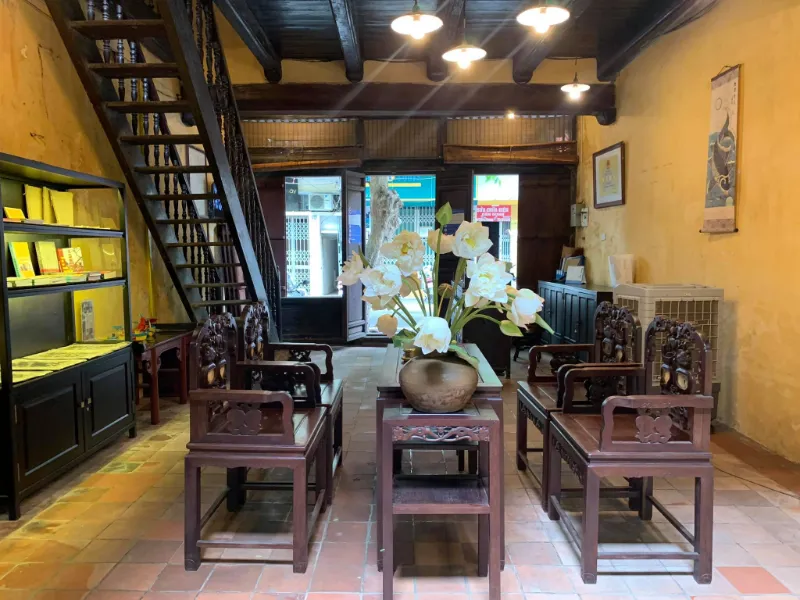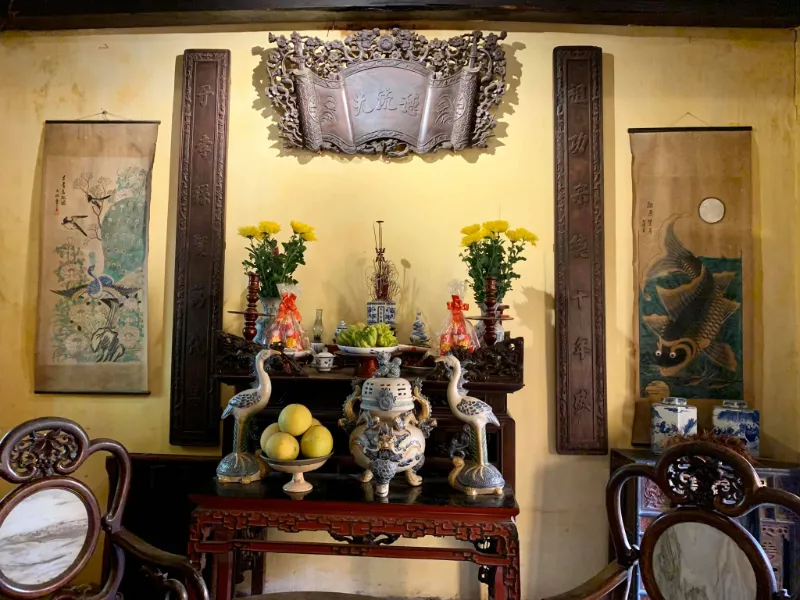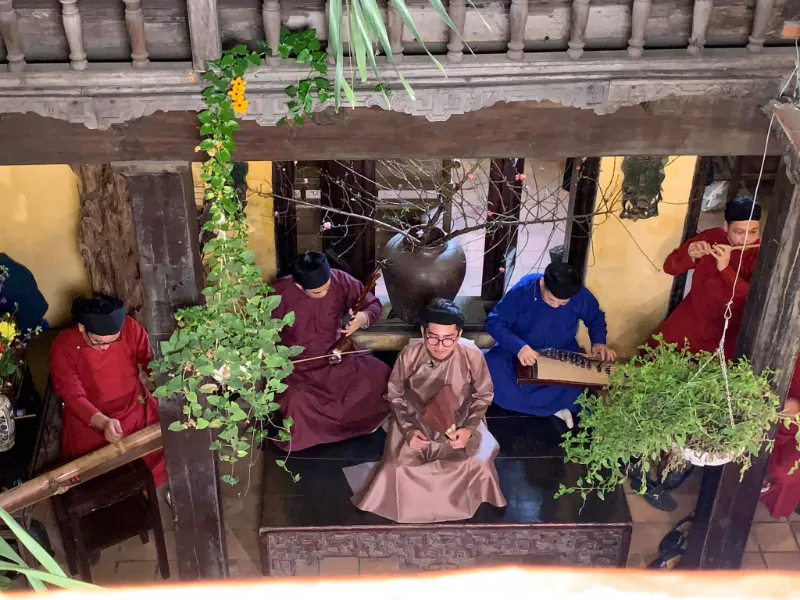Ma May ancient house: where Vietnamese home is kept
Located in Hanoi's Old Quarter area, Ma May Street is unique as it is home to many of the city’s oldest houses.
The house at No.87 Ma May Street (Hoan Kiem District) is one of 14 ancient houses in Hanoi built in the late 19th century that still retains its original features and becomes a familiar address for those who want to learn about the daily life of Hanoians in the old time.
| The 87 Ma May ancient house is a shouldn't-be-missed site seeing for visitors to Hanoi. Photo courtesy by 87 Ma May Ancient House. |
A walk around the Old Quarter is a must for both tourists and local people to explore Hanoi.
Located in the area, Ma May Street is unique as it is home to many of the city’s oldest houses.
Visiting the street, you can see the culture and architecture of Hanoi in the late nineteenth and early twentieth centuries, especially through the house at No.87 which has been kept intact.
Right after passing the old wooden door, you step into a quiet old space, being totally secluded from the bustling world outside. The house was built around the end of the 19th century.
| The house features typical Vietnamese interior design. Photo courtesy by Ma May Ancient House. |
Built in a total area of 157.6 square meters, the house has changed its owners several times.
From 1954 to 1999, there were five different families living here. The house features the typical architecture of Hanoi's houses in the old time with its tubular shape which is narrow but deep.
The house system of rooms, mezzanines, and courtyards were all well-designed to meet the living needs and for its dwellers’ convenience.
The courtyard is a special feature of the house, where receives natural light and was designed as a small garden with flower pots and small chairs for people to sit down, relax and enjoy the view and tea. As you move in into the house, it is more interesting to see the unique architectural traits of a typical old Northern house.
| A courtyard is the highlight of the house. Photo courtesy by Ma May Ancient House. |
The house was divided into different spaces along its tubular shape including a store to sell goods, a warehouse, a kitchen, and a backyard with jars for storing rain water. Stepping up to the wooden stair, the second floor is where the sleeping and worshiping rooms are. All of them are illuminated with natural light from windows.
The house is also mainly built of wood so that it is cool in summer and warm in winter. The house restoration started in 1998 and completed in 1999 in the framework of the cooperation between Hanoi City and Toulouse City (France).
In 2004, the Ministry of Culture, Sports and Tourism recognized the house as a national heritage. The house No.87 Ma May has become an address to introduce typical tube house architecture and traditional lifestyle in Hanoi Old Quarter.
| The kitchen of the ancient house. Photo courtesy by 87 Ma May Ancient House. |
The success of the restoration of Ma May ancient was the premise for the subsequent projects in the Old Quarter, notably Quan De Temple (28 Hang Buom street), Kim Ngan Communal House (42-44 Hang Bac street), Dong Lac communal house (38 Hang Dao street).
Currently, the heritage house No.87 Ma May has become a well-known cultural place for both Hanoi people and tourists, which is open daily. They visit the house to not only learn about the architecture, lifestyle and activities of the old Hanoi people but also to enjoy unique cultural events here.
| In 2004, the Ministry of Culture, Sports and Tourism recognized the house as a national heritage. Photo courtesy by Ma May Ancient House. |
On occasions such as the Mid-Autumn Festival, Lunar New Year Festival, among others, the Management Board of Hanoi Old Quarter usually cooperates with artists and craftsmen to introduce traditional art, habits, customs as well as to organize folk games and exhibition of toys and art works. In the evening, this place regularly features some shows of the ca tru folk singing performed by professional artists as well.
According to the Organizing Committee, these activities aim to preserve and promote traditional culture values and raise the community's awareness of the nation’s rich cultural identity, especially among the young generation.
This is also a good opportunity to disseminate the culture and history of the city, attracting more domestic and international tourists.



.jpg)
.jpg)










